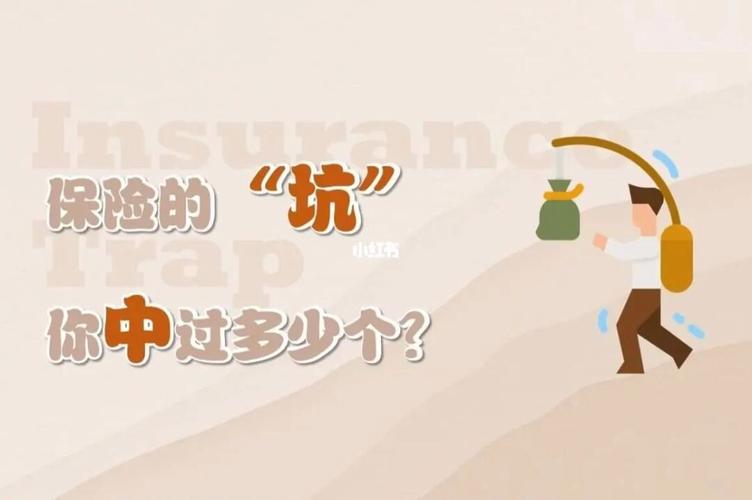
What Is the Significance of the Fourth Empty Pit?
The Terracotta Army, a vast collection of terracotta sculptures depicting the armies of Qin Shi Huang, the first Emperor of China, is one of the most awe-inspiring archaeological discoveries of all time. The figures, dating back to the late third century BC, were buried with the emperor to protect him in the afterlife. However, amidst the grandeur and spectacle of thousands upon thousands of meticulously crafted soldiers, horses, and chariots, there lies a curious anomaly: the fourth pit. Unlike the other three pits containing the terracotta army, the fourth pit is empty. This seemingly vacant space holds a significance that reaches far beyond its lack of physical contents.
Three Pits Filled with Wonders
To understand the significance of the fourth pit, we must first delve into the marvels contained within the other three.
-
Pit 1: This pit, the largest of the four, is a sight to behold. Rows upon rows of terracotta soldiers stand in battle formation, each with unique facial features and attire, reflecting the diverse ranks and roles within the Qin army. Along with the infantry, chariots pulled by meticulously detailed terracotta horses add to the grandeur of the scene.
-
Pit 2: This pit showcases the complexity and might of the Qin military tactics. Here, archaeologists have uncovered cavalry units, archers in various positions, and even war chariots, illustrating the diverse strategies employed by the Qin army.
-
Pit 3: Smaller than the first two, this pit is believed to represent the command center of the army. High-ranking officers and their chariots stand guard, offering a glimpse into the hierarchy and leadership structure of the Qin military.
The Enigma of the Fourth Pit
Unlike the other three pits, brimming with meticulously crafted figures and weaponry, the fourth pit stands empty. Its bare earth floor and unfinished walls stand in stark contrast to the meticulous order of the other pits. This seeming void is not an oversight, but rather, a testament to the immense scale and ultimately unfinished nature of the project.
A Testament to Unfinished Business
Historical records and archaeological evidence suggest that the construction of the Terracotta Army was a massive undertaking, spanning several decades and requiring the labor of hundreds of thousands of workers. It is believed that the emperor's death brought a premature end to the project, leaving the fourth pit unfinished. This abrupt halt to construction provides a poignant reminder of the impermanence of even the grandest human endeavors.
The Unknown Depths
While the fourth pit remains unexcavated, archaeologists estimate that the four pits combined could contain as many as 8,000 figures, a staggering number that highlights the sheer scale of Emperor Qin Shi Huang’s ambition. However, the true number of figures intended for the fourth pit, and the secrets they might hold, will likely remain a mystery.
The Significance of Emptiness
The emptiness of the fourth pit is not merely an absence; it is a powerful presence, a void that speaks volumes.
-
A Symbol of Human Ambition: It serves as a reminder of the grand vision of Emperor Qin Shi Huang, who sought to rule for eternity, and the extraordinary lengths to which he went to achieve this goal.
-
A Glimpse into History: The unfinished pit offers a unique window into the past, hinting at the political intrigue, logistical challenges, and ultimately, the tumultuous events that led to the demise of the Qin dynasty.
-
A Source of Endless Speculation: The empty pit fuels our imaginations. What figures might have stood there? What secrets might they have revealed? The possibilities, much like the pit itself, remain open to interpretation.
Questions to Ponder
- What does the unfinished state of the fourth pit tell us about the Qin dynasty and its eventual fall?
- If the construction of the Terracotta Army had been completed, how might our understanding of the Qin dynasty be different?
- How does the empty fourth pit enhance the overall impact and meaning of the Terracotta Army?